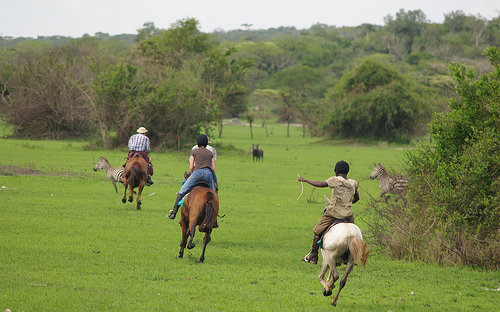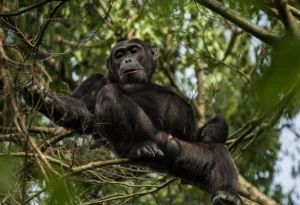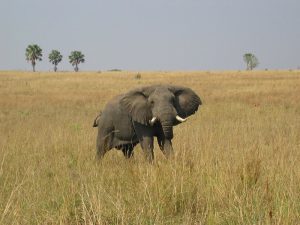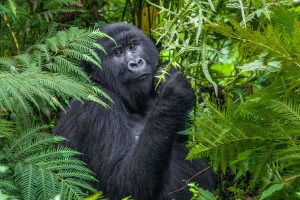Lake Mburo greatest experience.
Its history
The park was formed as a limited hunting area in 1933. Thirty years later, it received a new and better status as a game reserve. After another twenty years, it was designated a national park. Political unrest in 1985 caused significant damage to Lake Mburo National Park and its species; however, a portion of the territory was re-gazetted the next year. Lake Mburo greatest experience. Uganda’s smallest savanna park is recognized for its abundance of animals and convenient position near Kampala. It supports a variety of ecosystems, including lakes, wetlands, woodlands, and rocky ridges, as well as various animal species.
Size and location
370 sq km, situated between Kampala and Mbarara, close to the main highway
Habitats
Lake Mburo greatest experience. A mix of open savanna, acacia woodland, rocky ridges, forested gorges, and wetlands, including 13 lakes
Wildlife
Home to zebras, impalas, giraffes, buffalo, leopards, hyenas, and numerous other mammals and birds
Accessibility
Easily accessible from Kampala and a popular stop on safaris to western Uganda
Biodiversity
It boasts a higher diversity of animal species than any other Ugandan park
The various wildlife
Since 1986, the wildlife has been recovering. Lake Mburo National Park greatest experience. Without a doubt, the park benefits from its diverse ecosystems, which can support a wide diversity of mammal and bird species. Its wetland system, which includes not only Lake Mburo but also five other lakes connected by a swamp, provides a reliable source of water. There is also an open savanna; however, it is smaller than it formerly was due to the park’s lack of elephants. However, this loss has resulted in the expansion of forests, which are particularly luxuriant near the lakes. Other geographical features include rocky kopjes and forested gorges.
Park entry fees
Foreign nonresidents (adults) US$40
For nonresidents (children), US$20.
Foreign residents (adults) US$30
Foreign residents (children) US$10
East African citizens (adults) UGX 20000
East African citizens (children) UGX 5000
A day’s admission ticket is valid for 24 hours from the time of entry; any time spent after these hours will be charged as an additional day.
What are the attractions in Lake Mburo National Park?
It provides a wide range of wildlife viewing opportunities, including boat tours, horseback riding, and birdwatching, as well as day and night game drives to observe elephants, buffalo, zebras, giraffes, and leopards. Boat rides allow visitors to see crocodiles, as well as a variety of lovely birds and hippos. Visitors can also enjoy walking safaris, horseback riding, and exploring the Rubanga forest.
How deep is Lake Mburo National Park?
It is a relatively shallow lake, its depth typically ranges from 3to 5 metres, and its water levels fluctuate seasonally, with the rainy seasons potentially causing a temporary increase in depth. Even though it’s shallow, it’s an important ecosystem supporting various aquatic life.
Uniqueness of Lake Mburo National Park
It has been a diverse range of habitats, including extensive wetlands, acacia woodlands, and rolling hills, which support a wide range of wildlife not found elsewhere in Uganda. It is also notable for its abundance of bird life, with over 350 species reported, as well as being Uganda’s sole park having impala, eland, and klipspringer.
Diverse habitats:
The park features a mosaic of habitats s including open savannah, acacia woodland, wetland, and rocky ridges, which support a variety of wildlife
Wetland ecosystem
The extensive wetlands within the park are crucial for many species, including migratory birds and various aquatic animals.
Topography
Ancient Precambrian metamorphic rocks underlie the park, contributing to its distinct topography.
Activities
The park offers various activities like game drives, boat cruises, nature walks, and horseback riding, providing opportunities to experience the park’s wildlife and scenery.
Are there giraffes in Lake Mburo National Park?
Following the birth of at least seven calves, the giraffe population is estimated to be 22. GCF is assisting UWA and a local conservation group in frequently monitoring the giraffe population and working with local communities to help giraffes play a valuable part in this landscape once more.
Rules and regulations in Lake Mburo National Park
Visitors must observe instructions to safeguard wildlife and the environment, including the following.
- Stay on the designated tracks.
Driving off-course is strictly prohibited to protect wildlife and the environment. Respect wildlife.
Avoid feeding animals, approaching them too closely, or disturbing them with horns or loud noises.
No littering.
Keep the park clean by disposing of rubbish in designated containers. No guns or dogs allowed.
These are not at all permitted in the national park.
- Respect quiet hours
- Observe quiet hours, particularly in the evening, to allow wildlife and visitors rest.
- Follow the guide instructions
- Always follow guides rules and guidance of park rangers and safari guides
- Limited driving hours
- Game drives in the park are usually limited to daylight hours (7:00 a.m. to 7:00 p.m.); however, night drives are permitted with authorization and direction.
- No camping or fires outside designated areas
Others include
- Pay entrance fees and relevant activity fees
- Your fee contributes to the conservation of the park and its wildlife
- Be mindful of local customs and traditions, particularly when interacting with the local communities near the park
Price of horse riding
It costs between $40 and $240 per person, depending on the duration and whether it’s part of a lodge stay. A 30-60 minute ride on the valley floor can cost between $40-$60, while a half-day excursion with a picnic may cost $240.Discounts may be available for guests staying at Mihingo Lodge.
Details
- 30-60 minute rides$40-$60 per person.
- Half-day rides: around $240 per person
- Overnight, two-day, and three-day rides are also possible, although no exact pricing is provided.
- Discounts for Mihingo lodge guests: $25-$40for 30-60 minute ride and $150 for half–day rides
Are there any elephants in the park?
According to travel information sources, it is one of the few Ugandan national parks without elephants.
The park is well-known for its unique biodiversity and bird populations.
Finally, lions are no longer often seen, despite their historic abundance before being driven extinct by humans.




